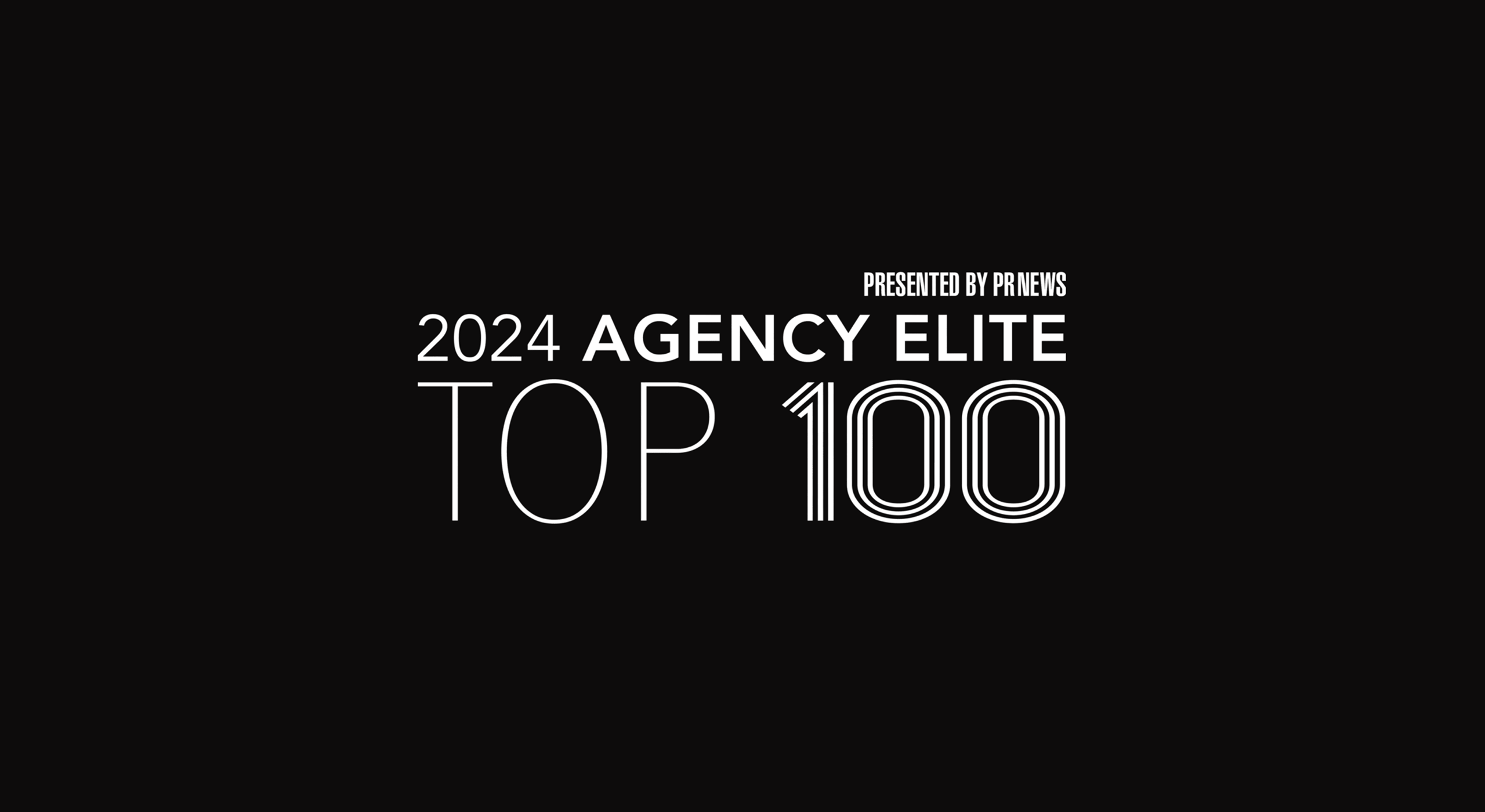
Flex Your Brain: 6 Tips to Shape Up Your Meeting Facilitation Skills
By: Andrea Conrad
In the fast paced world of communications, not only is it important to stay up to date on technology and trends, it is also important to refine and improve upon the skills that we’re using on a daily basis.
Professional development has been a cornerstone of our agency since its inception. While we find external events to be thought provoking and inspirational, the depth of content can vary depending on the event and speakers. To ensure we have the opportunity to dig further and get to the heart of what’s directly impacting our agency and our people, we instituted a comprehensive in-house professional development training program for our mid-level management team and have brought in outside experts and internal pros to cover a variety of different topics.
Our first training was on meeting facilitation and given by Erin Sabo, Identity’s media relations & marketing director, along with panelists:
Jason Baker – Principal, Baker Katz and X Team Board Member
Lara Galloway – Author, Speaker, Coach and Mom Biz Coach Founder
Roy Sexton – Regional Director of Marketing, St. Joe’s Medical Group at Saint Joseph Mercy Health System
Here were my key takeaways from the training:
Prepare & Practice
Don’t underestimate the power of preparation. This is something I kept hearing throughout the session from all of the panelists. Preparation and practice is critical. Treat meetings as you would treat preparing a client for an interview or speaking engagement.
- Draft talking points.
- Do a dry run.
- Arrive early.
- Try your outfit on the night before.
Rules of Engagement
No one likes meetings for the sake of meetings, so it’s important to have a few rules of engagement. Even though these may seem like common sense, use these pointers to keep meeting attendees engaged during the meeting.
- Kick off most meetings with introductions.
- Capture names of attendees and use them.
- Start on time. End on time.
- Watch the clock (discretely).
- Be engaging and authentic.
- Keep the goal of the meeting top of mind.
Set the Stage
Every successful meeting starts with an overview of what attendees can/should expect. Follow these pointers and ask yourself these questions when setting expectations for a meeting.
- Start by delivering a run of show and set some ground rules.
- Are attendees encouraged to participate throughout, or are you requesting that all questions are held until the end?
- Clearly state what will result in a successful meeting. Are you trying to solve an issue or understand pain points? Are you educating the client on a new technology platform or preparing them for a media opportunity?
Dress for Your Day
What’s that saying? Dressing for success leads to success…something like that. It’s important to dress the part to help boost your confidence level so that you can look and feel your best. Business casual is always safe, but use good judgment when choosing what to wear because all clients have different styles. For instance, choose a suit dress over a sundress and jean jacket for a conservative client, and a blazer with jeans over a suit and tie for a more casual client meeting.
Active Listening
Erin shared a fascinating TED video from Julian Treasure. In our louder and louder world, says sound expert Treasure, “We are losing our listening.” In this talk, he shares five ways to re-tune your ears for conscious listening – to other people and the world around you. He goes in depth and I encourage you to watch, but here are the cliff notes:
- Silence. Get in 3 minutes of silence every day.
- The mixer. If you’re in a noisy or busy place, listen to the channels of sound. This could be the coffee maker in a coffee shop, the song in a restaurant or the birds chirping outside. Determine how many individual channels are in the mix of sound.
- Savoring. Enjoy mundane sounds, like a dryer, a mower or a motorcycle engine, and listen for the hidden choir (as Treasure calls it) – the sounds that are in the background all the time.
- Listening positions. Move your listening position to what’s appropriate at the time. Examples include: active | passive, reductive | expansive and critical | empathetic.
- RASA. It stands for Receive, Appreciate, Summarize and Ask.
Process & Perform
Unlike many inherent communications skills, learning to think on your feet can be a learned attribute. Tips include:
- Relax. If you’re tense, you’ll get flustered.
- Listen. Really listen.
- Have the question repeated.
- Use silence to your advantage.
- One point and one supporting piece.
- Leverage hypotheticals and anecdotes to paint a picture.
- Practice clear delivery.
- Summarize and stop.
There are brain training games on mobile or desktop that can increase auditory processing speed by up to 135%, speed up neural responses to speech and other sensory information, and enhance accuracy and attention in vision and hearing. Some popular apps to download include BrainHQ, Lumosity, fit brains and CogniFit. There is also Marbles: the Brain Store, which was recently acquired by Toronto-based Spin Master Corp.
What meeting facilitation tips do you go by? Share them in the comments.



